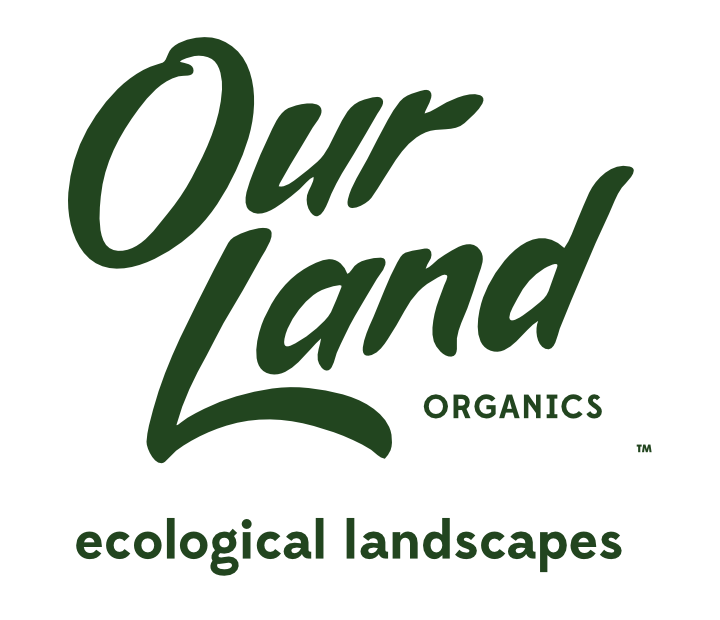What Is Permaculture?
Chances are, if you garden or farm organically you have come across someone using the word permaculture. Here in the Cincinnati region, we’re fortunate to have an active permaculture community.
When you look up the word permaculture, you will come across many different definitions.
One definition that we resonate with is from one of our favorite authors on the subject, Toby Hemenway. He writes:
Permaculture is a design approach based in science and guided by ethics that uses nature as a model for decision making.
An Our Land Organics native landscape design and installation incorporating permaculture principles
A Permaculture Design Framework
Permaculture’s design framework can be applied to designing anything, from your yard to a business.
It is most widely known for its application towards developing landscapes and farms that are beautiful, need less inputs, and improve the ecological health of an area. Something our yards and farms very much need!
Permaculture incorporates insights from the disciplines of ecology, horticulture, biology, agriculture, architecture, appropriate technology, and more into its design approach.
It uses nature as the scientific model for design choices. A mantra commonly used in permaculture is:
In meeting our needs, how can we work with nature, rather than against it?
An Our Land Organics native landscape design and installation that incorporates permaculture principles
Permaculture Principles
As with science, permaculture leans heavily on observing and testing hypotheses.
The big-picture goal of permaculture is to meet human needs while preserving and increasing ecosystem health. It is well known that many of our pursuits to meet our human needs of food, energy, and shelter do not accomplish this.
Permaculture’s foundation is guided by three ethics and 10 design principles. These are the ground rules of permaculture.
The three ethics are:
Care of Earth
Care of People
Return of Surplus
Quite simply, do the actions you are pursuing help or hurt the earth, and do they help or hurt people?
Return of surplus simply means taking the output of the system you design and reinvesting it back into the earth, into people, and/or back into the system you are observing and interacting with.
Quickly summarized, the 10 permaculture design principles are:
Observe
Connect
Catch and Store Energy and Materials
Each Element Performs Multiple Functions
Each Function is Supported by Multiple Elements
Make the Least Change for the Greatest Effect
Use Small-Scale Intensive Systems
Optimize Edge
Collaborate with Succession
Use Biological and Renewable Resources
An Our Land Organics landscape design. Like all our designs, this one incorporates permaculture principles.














